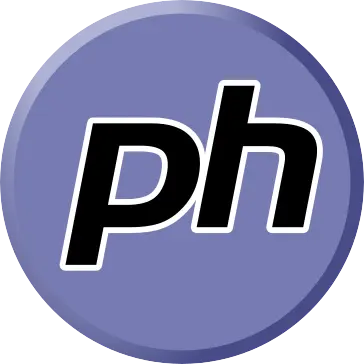

\1 is group 1 which is inside (), so second part is repeated 2 or more times of 2 or more char.


\1 is group 1 which is inside (), so second part is repeated 2 or more times of 2 or more char.


You forgot empty line. Since first part is ^.?$ it’s one or zero of any character.


Well apple is succulent stem of apple tree. Potato is succulent root of potato plant. Root is stem inside ground. Q.E.D.


Everything else that has green are still chromium based? Then it’s basically just 1 that has it implemented one that hasn’t


I’m no longer surprised by people who “doesn’t like change” when they have to change things, but will just accept (even if they complain internally) when someone above them changes things that impact their quality of life.
Sorry, I forgot about this. I meant to say any sane modern language that allows unicode should use the block specifications (for e.g. to determine the alphabets, numeric, symbols, alphanumeric unicodes, etc) for similar rules with ASCII. So that they don’t have to individually support each language.
I thought the most mode sane and modern language use the unicode block identification to determine something can be used in valid identifier or not. Like all the ‘numeric’ unicode characters can’t be at the beginning of identifier similar to how it can’t have ‘3var’.
So once your programming language supports unicode, it automatically will support any unicode language that has those particular blocks.


There are basically two types of files. Text files and binary files.
Most information are stored in text files so humans can easily understand it, and it’s easier to find errors, review, parse. But text storage takes more space than binary files. And many complicated softwares normally need multiple text files or data files, many of them just store them together as a zip file so that it’s easier to handle. Examples are .docx,.pptx, etc files in MS Office, try unzipping them and see what they contain. Zipping also has advantages of reducing file sizes.


That depends on what video player you use. Of we have control of that, then sure it works. I use mpv to play things, so for radio streams or live videos I can go back/forward as long as it’s cached.
But if it’s the web service, even though the browser video player has something cached, the player is still controlled by the website. And considering most of the people use chrome/chromium derivatives or YouTube app, it wouldn’t be hard for them to make it so that the player itself will collaborate with whatever they want to do.
If YouTube was a separate organization it wouldn’t have been the problem it is because of how Google has been taking over all the different parts they need for advertising.
There is one called OpenScan that’s available for Android
Now think, patents are similar things but for with more money. And imagine if someone else had similar idea and made slightly similar website you go sue them coz you had the idea first.


Yeah it is sad that we don’t have flash. But today I saw there’s a program Ruffle (written in Rust) that can run flash, and add support to browser through extensions or something.
For a second I didn’t think he did that because he said it, but rather he said it because he knew it the waiter should enjoy his last meal.